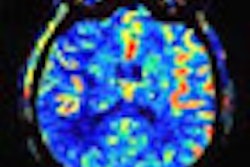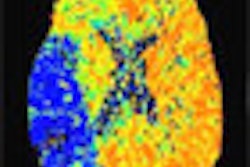MRI can help distinguish patients who might benefit from clot-busting drugs, with acceptable risk, according to research presented at this week's International Stroke Conference 2011 in Los Angeles.
Lead study author Dong-Wha Kang, MD, PhD, associate professor in the department of neurology at Asan Medical Center, University of Ulsan College of Medicine, in Seoul, South Korea, noted that response to a stroke as soon as possible is critical, because clot-busting drugs have proved effective at reducing disability up to 4.5 hours after symptom onset.
Researchers used MRI to screen 430 patients with unclear-onset stroke at six university hospitals in South Korea. All of the patients arrived at one of six emergency rooms within six hours of detecting symptoms.
More than 80 patients with severe stroke (median age, 67 years) were eligible for clot-busting therapy, which included intravenous administration of tissue plasminogen activator (tPA), direct administration of urokinase (not available in the U.S.) to blocked vessels in the brain, or both. Some patients also had their clots removed mechanically or underwent stenting.
Among those who received the drug therapy, approximately 45% had at least a "good" clinical outcome, ranging from no symptoms to slight disability with curtailed activities. Almost 29% had an excellent clinical outcome and were able to resume normal activities with little or no impairment.
The study also found that female patients were likely to fare worse with treatment, as were patients who had a more severe initial assessment of their stroke impairment, and those treated at the two centers lacking previous experience in thrombolysis for unclear-onset stroke.
By Wayne Forrest
AuntMinnie.com staff writer
February 11, 2011



.fFmgij6Hin.png?auto=compress%2Cformat&fit=crop&h=100&q=70&w=100)




.fFmgij6Hin.png?auto=compress%2Cformat&fit=crop&h=167&q=70&w=250)











